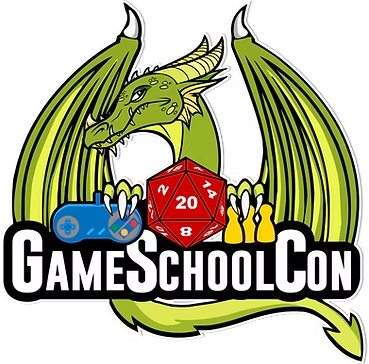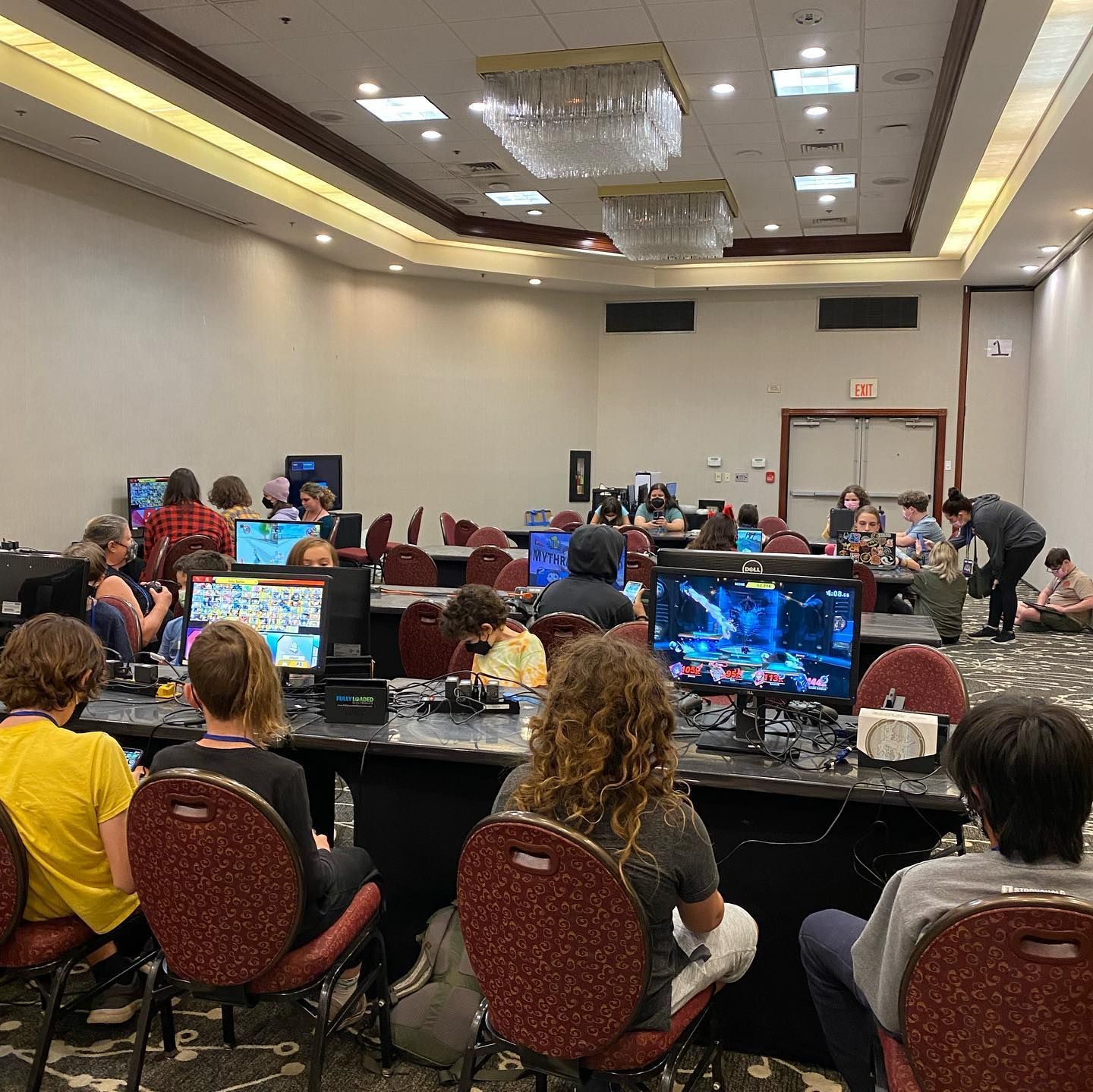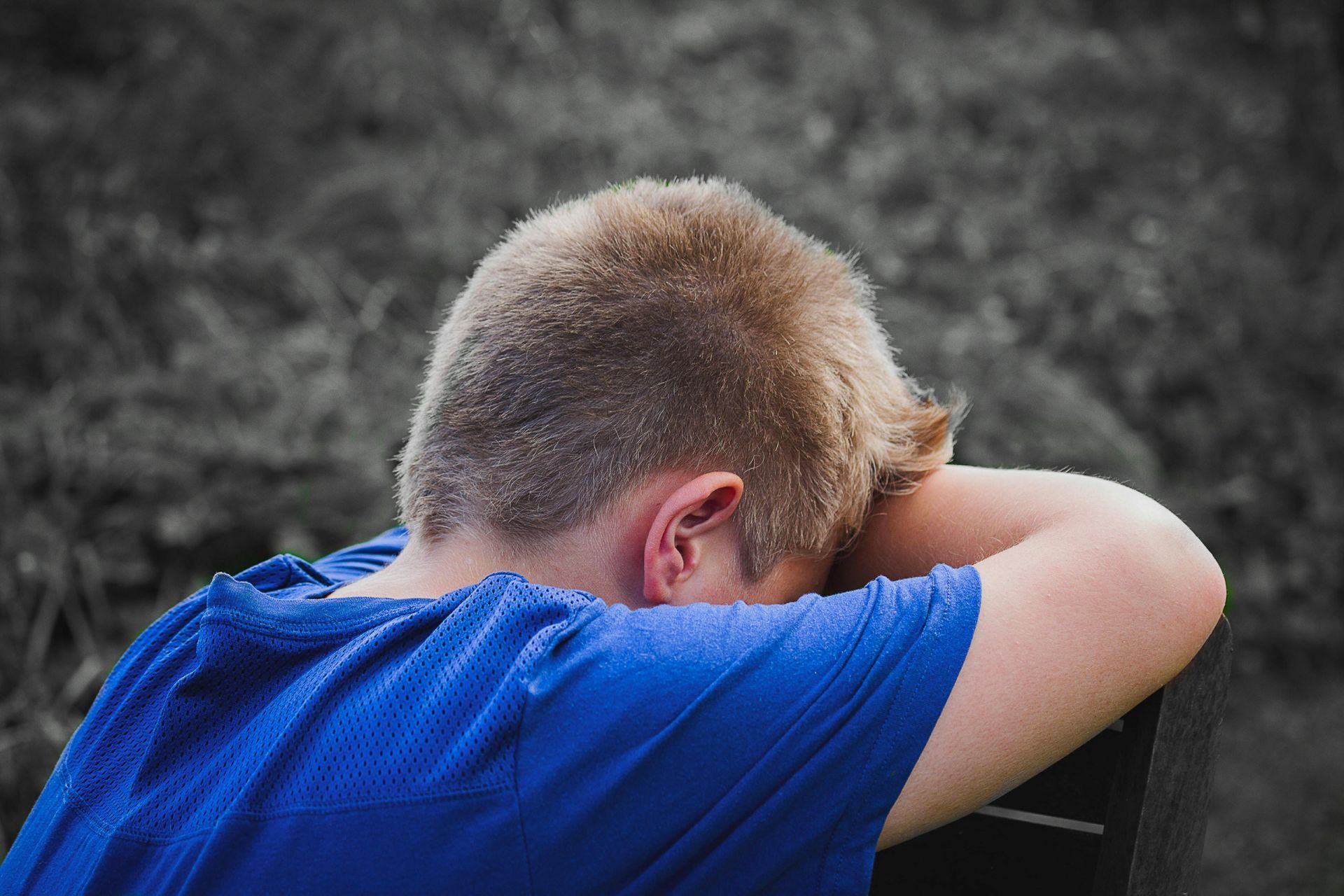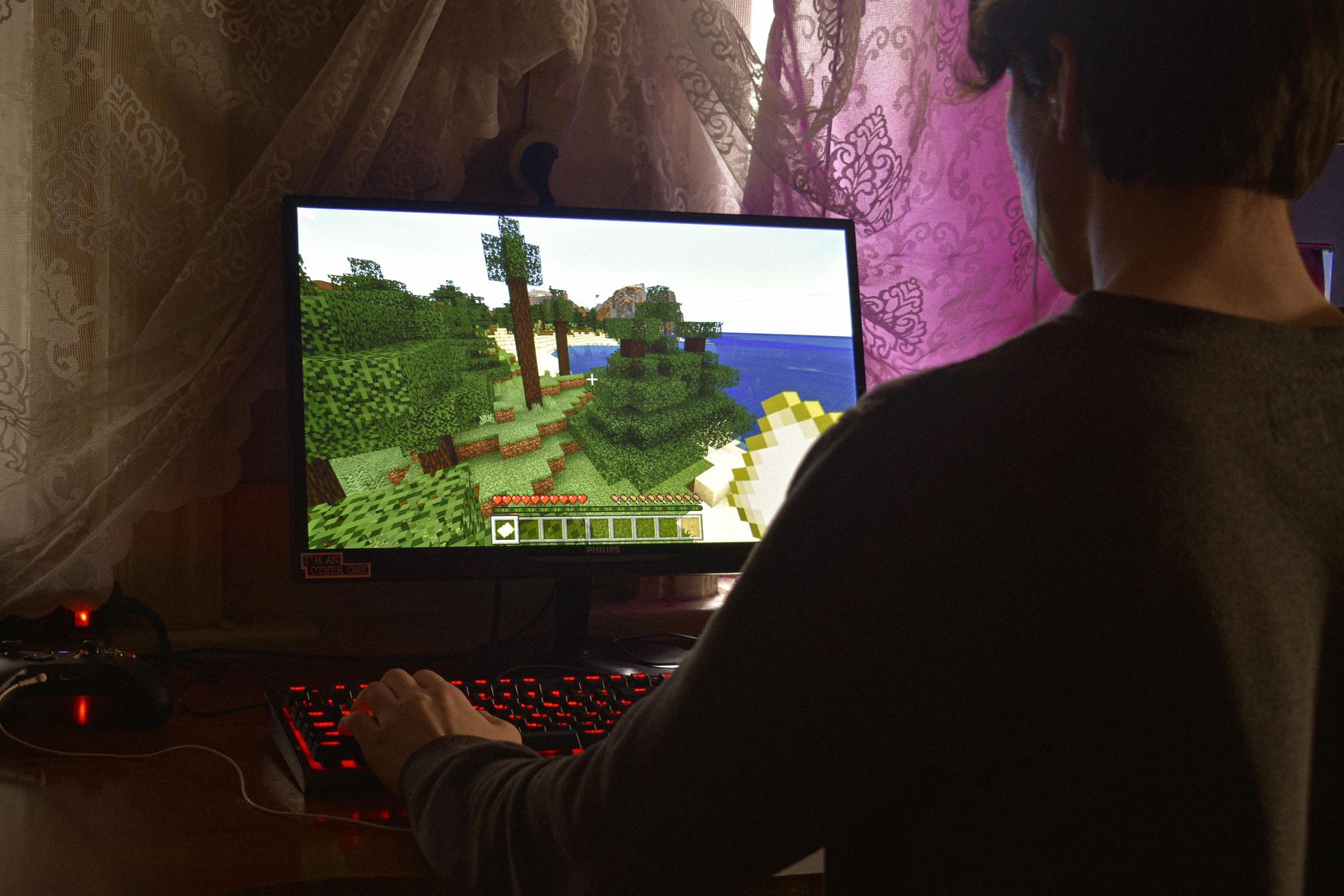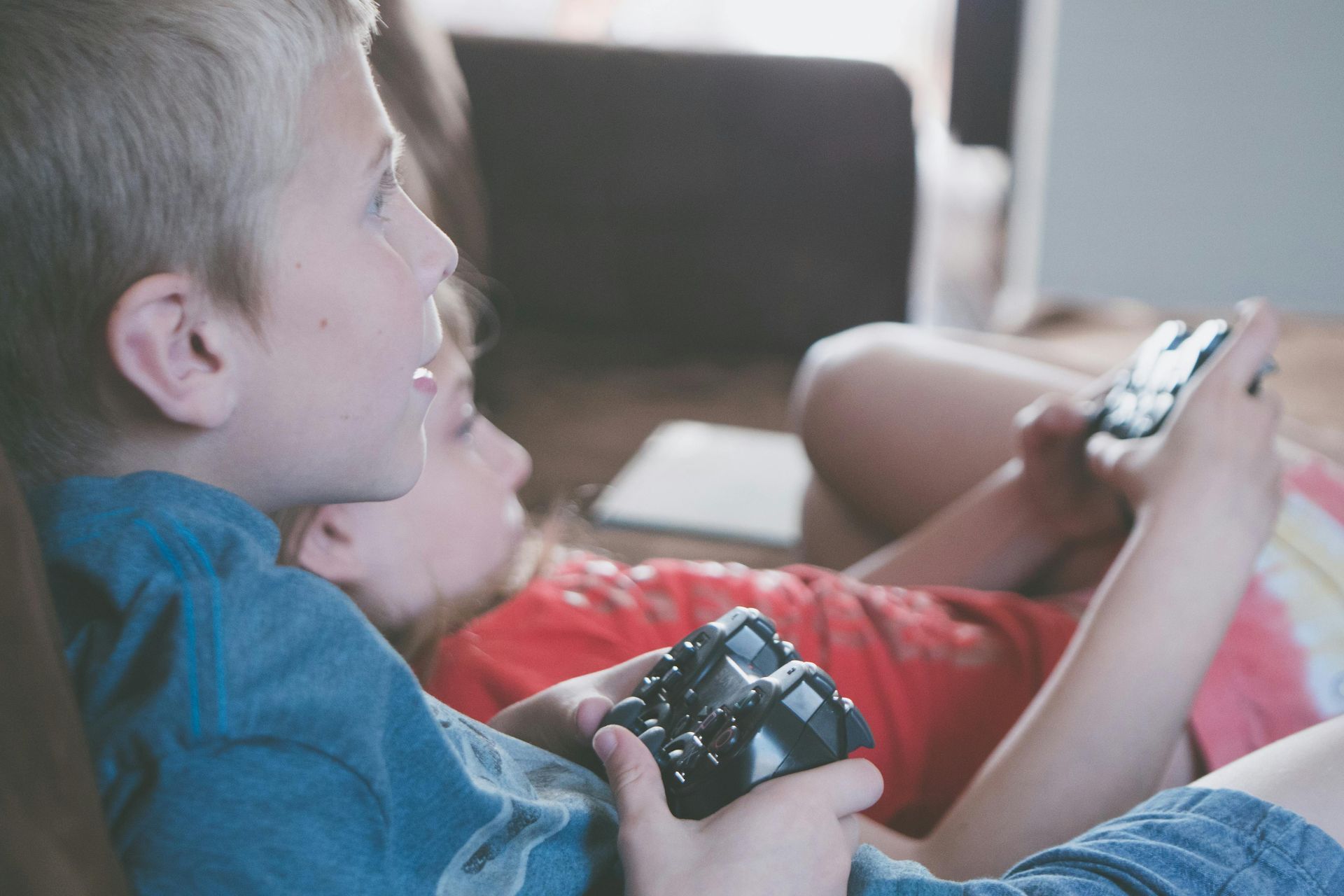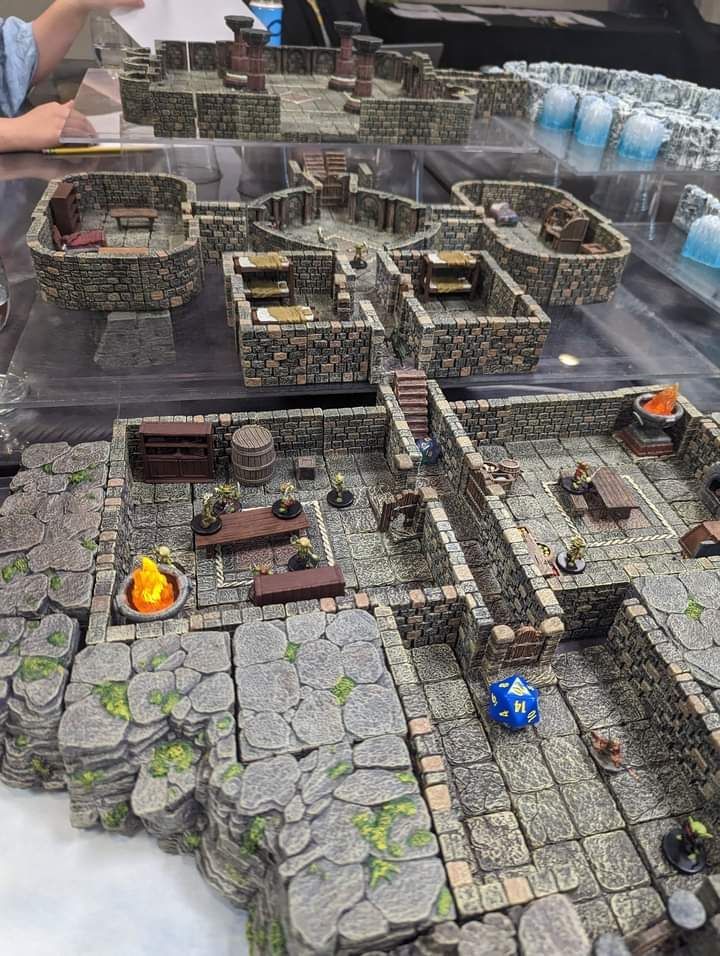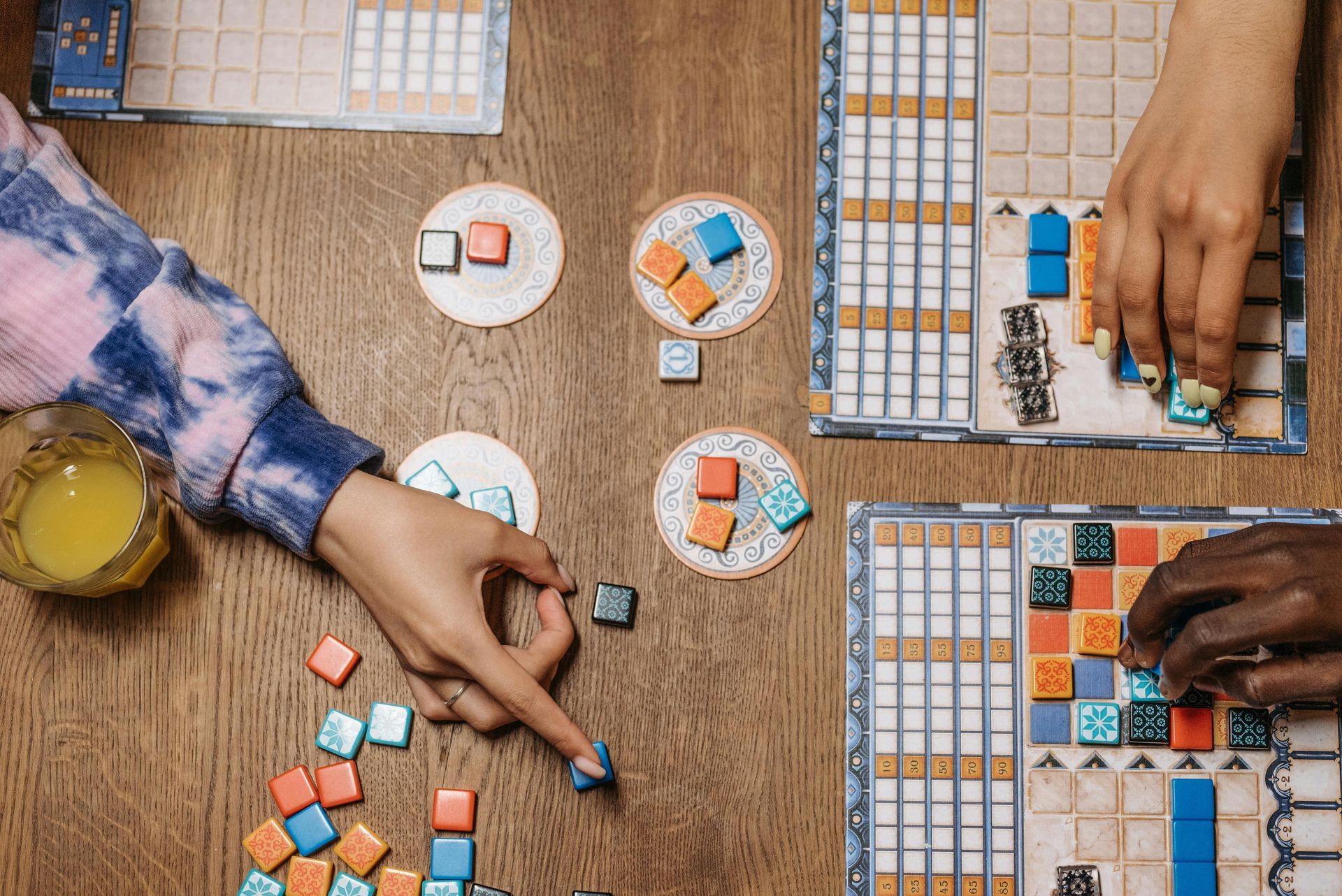February 19-22, 2026
10 Games That Build Literacy Skills and are Actually Fun
September 23, 2025
Everywhere you look online, people are talking about a “literacy crisis.” Parents, teachers, and policymakers worry that kids are falling behind in reading, writing, and communication. While that concern is real, the solutions offered are often less than inspiring: extra worksheets, test prep, or apps that feel more like chores than play. But children learn best when they are engaged, laughing, and immersed in meaningful experiences. That is why games are such a powerful tool.
Kids can always tell when we are trying to trick them into learning. The beauty of games is that no trick is needed. They are using language in creative, authentic ways. And unlike “edu-tainment” products, these games are designed first and foremost to be fun. The literacy boost comes naturally.
Here are 10 of our favorite games for bringing fun and literacy together.
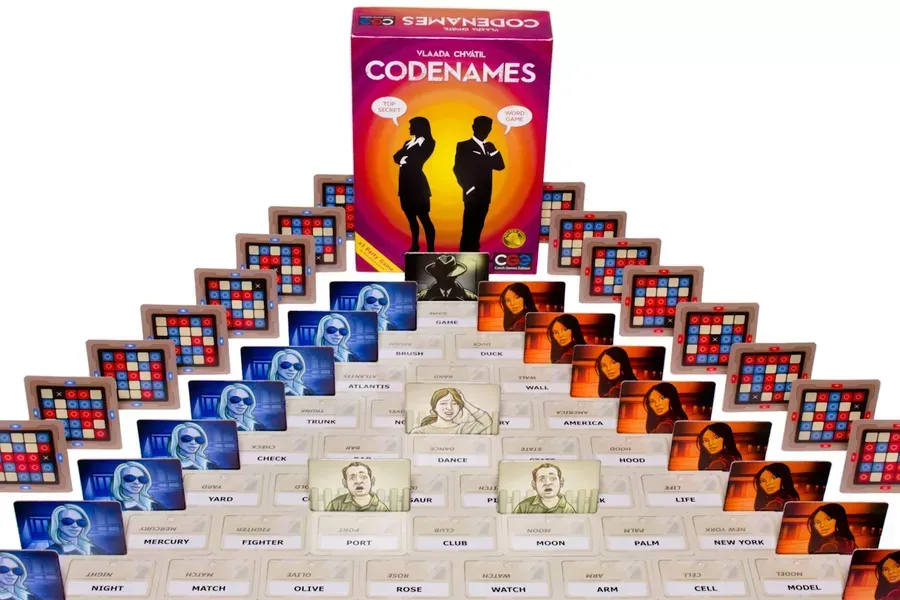
1. Codenames
- Ages: 10+
- Players: 4–8 (works best with teams)
- Playtime: 15–30 minutes
In Codenames, two teams face off to identify their secret “agents” hidden in a grid of words. A spymaster gives clever one-word clues to guide their team, trying to connect as many words as possible while avoiding the opponent’s words. Every round is a mix of suspense, laughter, and surprising connections.
Why it is great for literacy: Codenames pushes players to think about words in flexible, creative ways. It builds vocabulary, encourages word association, and highlights the power of concise communication. Kids learn to stretch their language skills while having fun with teammates.
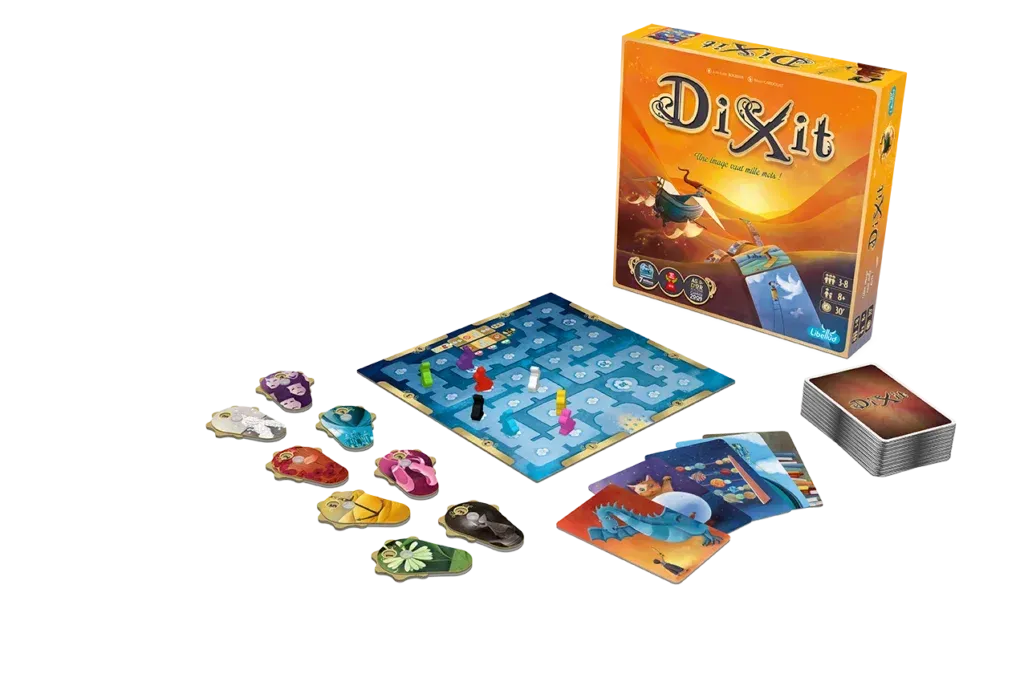
2. Dixit
- Ages: 8+
- Players: 3–6
- Playtime: 30 minutes
Dixit is a storytelling game with beautifully illustrated, dreamlike cards. On each turn, one player gives a clue about their card, while the others submit cards they think could match. Everyone then guesses which image belongs to the storyteller.
Why it is great for literacy: Dixit helps kids practice descriptive language, metaphor, and interpretation. It shows them how words can spark different images and emotions in listeners. The game also encourages careful listening and reading social cues through the way players respond.
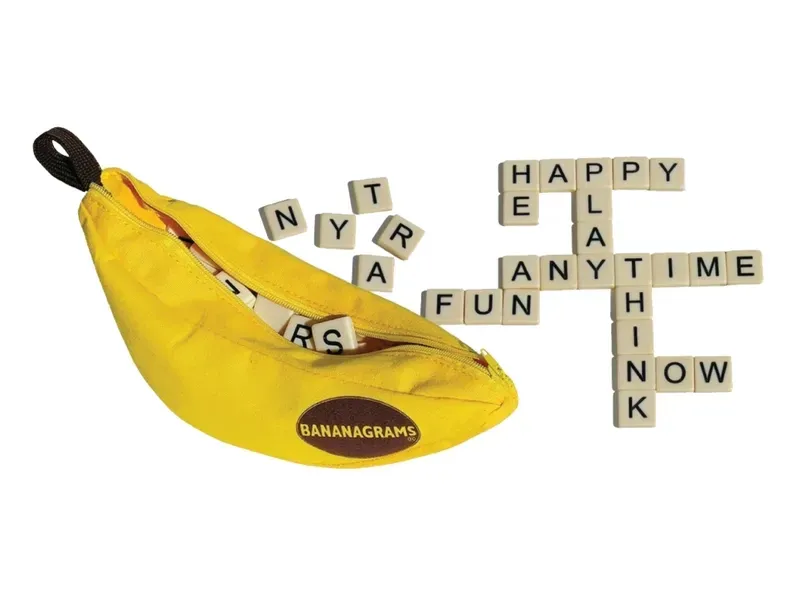
3. Bananagrams
- Ages: 7+
- Players: 1–8
- Playtime: 10–15 minutes
In Bananagrams, players race to create their own crossword grid using letter tiles. There is no board and no waiting for turns — everyone plays at the same time, rearranging words and grids as new tiles are drawn. The quick pace makes it both exciting and replayable.
Why it is great for literacy: This game reinforces spelling and vocabulary while encouraging flexible thinking. Kids must quickly form and reform words, which strengthens their ability to see patterns in language. It turns word-building into a lively challenge instead of a chore.
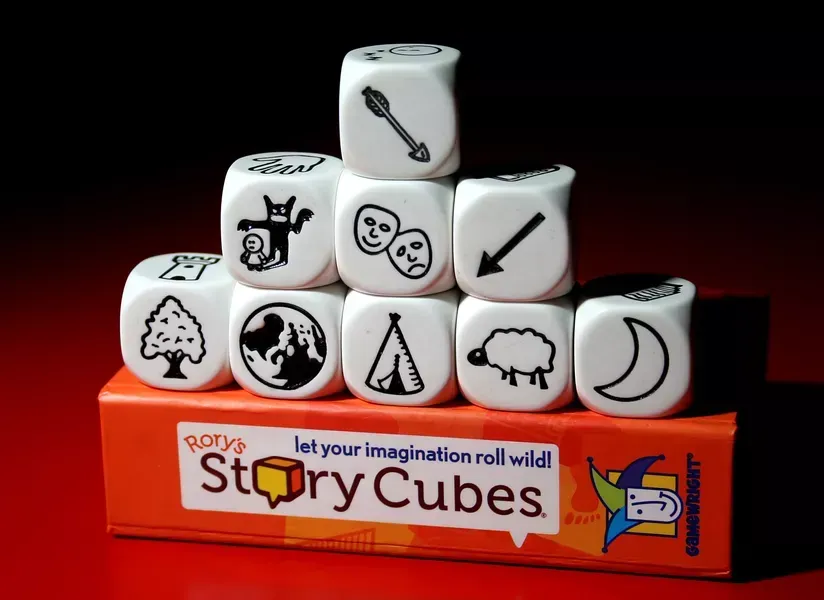
4. Rory’s Story Cubes
- Ages: 6+
- Players: 1 or more
- Playtime: 10–20 minutes
Rory’s Story Cubes use dice with pictures instead of numbers. Players roll the dice and then weave the images into a story, either individually or together as a group. The results can be silly, adventurous, or even surprisingly profound.
Why it is great for literacy: This game builds storytelling skills, sequencing, and imagination. Kids learn how to connect ideas into a beginning, middle, and end. It also encourages verbal expression and creative problem-solving as they explain how their story fits the images.
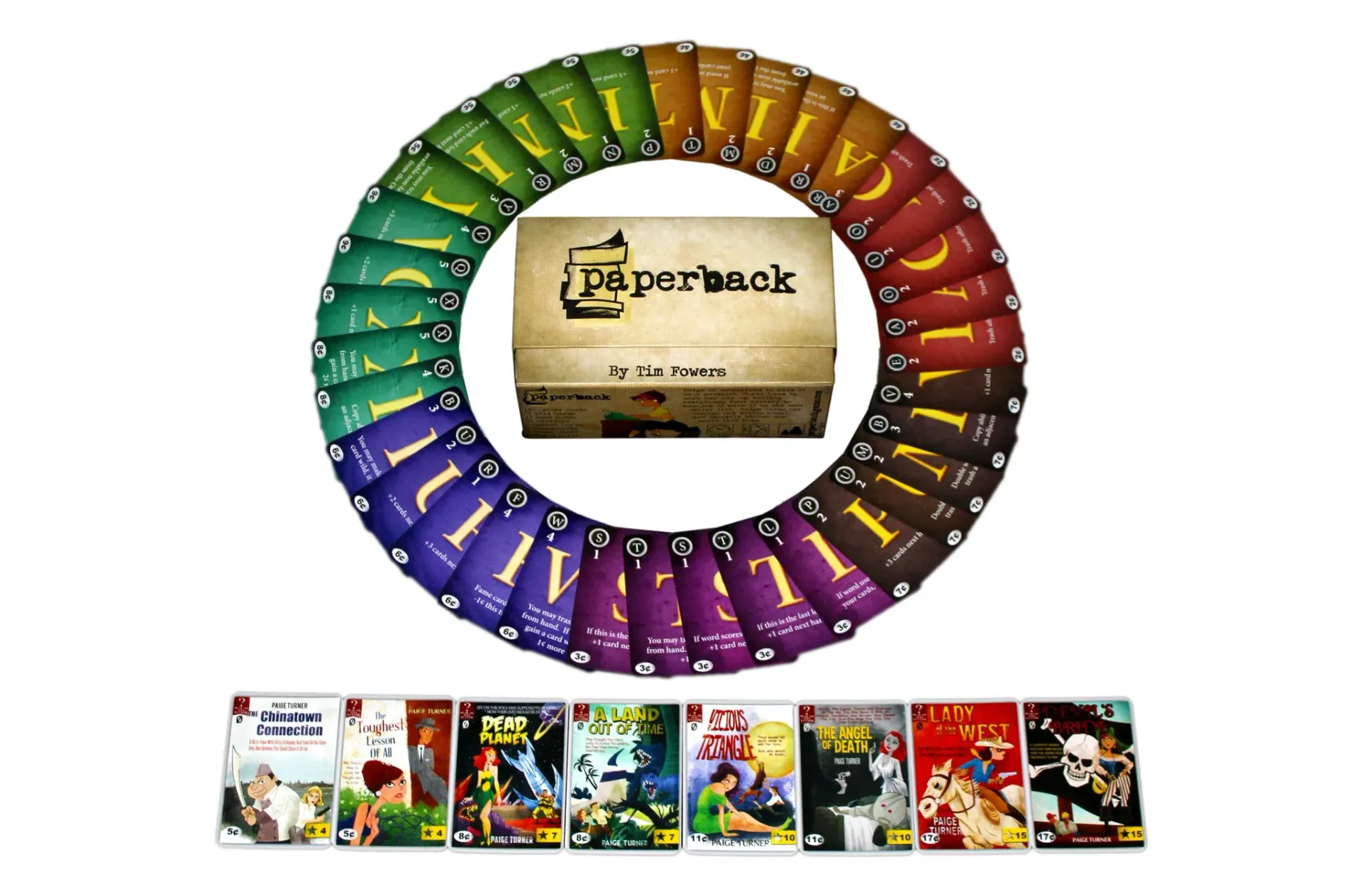
5. Paperback
- Ages: 10+
- Players: 2–5
- Playtime: 45–60 minutes
Paperback blends word-building with the mechanics of a deck-building game. Players spell words to earn points and buy stronger letter cards, making it easier to form longer and more complex words in future turns. It feels like Scrabble but with a modern strategic twist.
Why it is great for literacy: The game strengthens phonics, spelling, and vocabulary while rewarding clever use of language. Because it is also a strategy game, kids practice planning ahead and thinking critically about how words connect. It makes literacy skills feel powerful and rewarding.
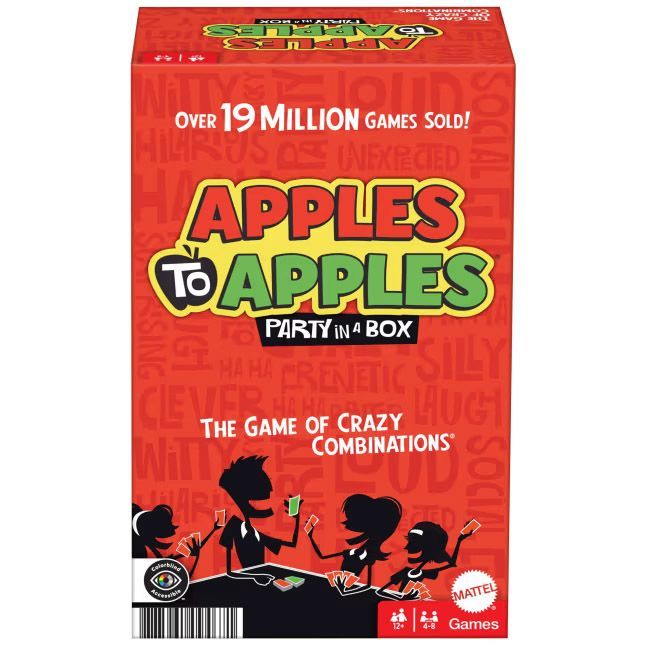
6. Apples to Apples
- Ages: 12+ (Junior version for ages 7+)
- Players: 4–10
- Playtime: 30 minutes
In Apples to Apples, one player puts down a descriptive word, and everyone else submits a noun card they think fits best. The judge picks their favorite match, which can be funny, clever, or completely unexpected. The game thrives on humor and creative interpretation.
Why it is great for literacy: Apples to Apples helps kids understand context and shades of meaning. It challenges them to think about how words connect in different situations. It also builds persuasive and expressive skills as players try to “sell” their card choices through humor or logic.
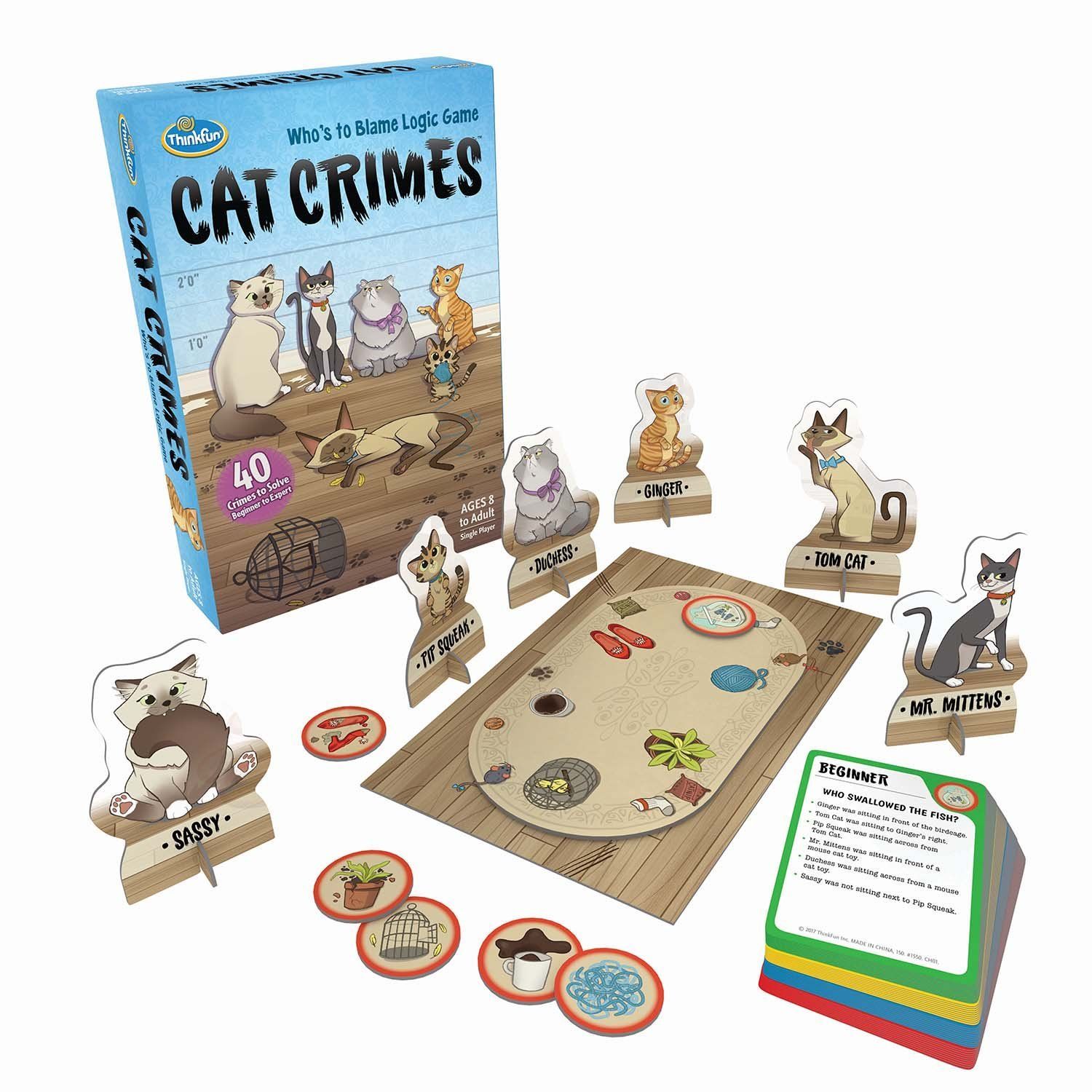
7. Cat Crimes
- Ages: 8+
- Players: 1 (but works collaboratively)
- Playtime: 15–20 minutes
Cat Crimes is a logic puzzle game where players use written clues to figure out which mischievous cat caused the trouble. Each scenario gives hints about where each cat was sitting and what they were doing, and players use deductive reasoning to solve the case.
Why it is great for literacy: The game strengthens close reading and comprehension. Kids must carefully parse multi-step clues and piece them together logically. It teaches them to pay attention to detail and builds confidence in tackling text-based challenges.
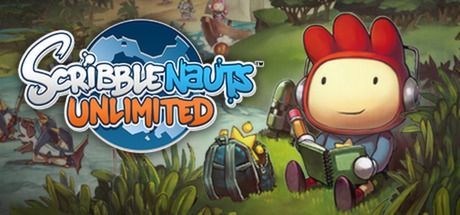
8. Scribblenauts Unlimited
- Ages: 8+
- Players: 1
- Playtime: Open-ended, 15–30 minutes per puzzle
Scribblenauts Unlimited is a video game where players solve puzzles by typing words that bring objects to life. Need to get past a river? Type “bridge.” Want to defeat a monster? Type “robot.” The possibilities are nearly endless, which keeps kids experimenting.
Why it is great for literacy: Scribblenauts motivates kids to spell accurately and use new vocabulary, since words only work if spelled correctly. It rewards curiosity and experimentation with language. Watching their words become real objects makes literacy feel dynamic and exciting.
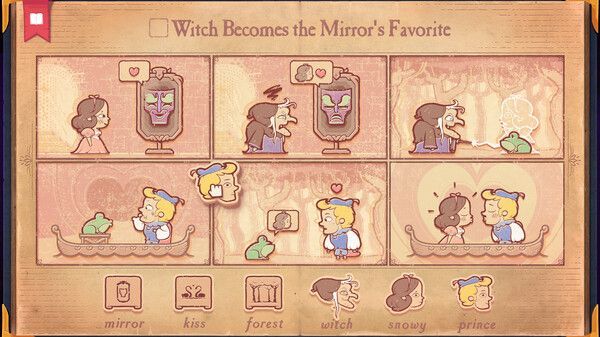
9. Storyteller
- Ages: 10+
- Players: 1
- Playtime: 5–20 minutes per puzzle
Storyteller is a digital game where players arrange characters, settings, and events into story panels to create a complete narrative. Each puzzle asks for a specific theme, such as a tragedy or romance, and players experiment until their panels tell the right kind of story.
Why it is great for literacy: The game teaches narrative sequencing, character development, and the role of conflict and resolution. Kids learn how rearranging story elements can completely change meaning. It builds both comprehension and creativity in storytelling.
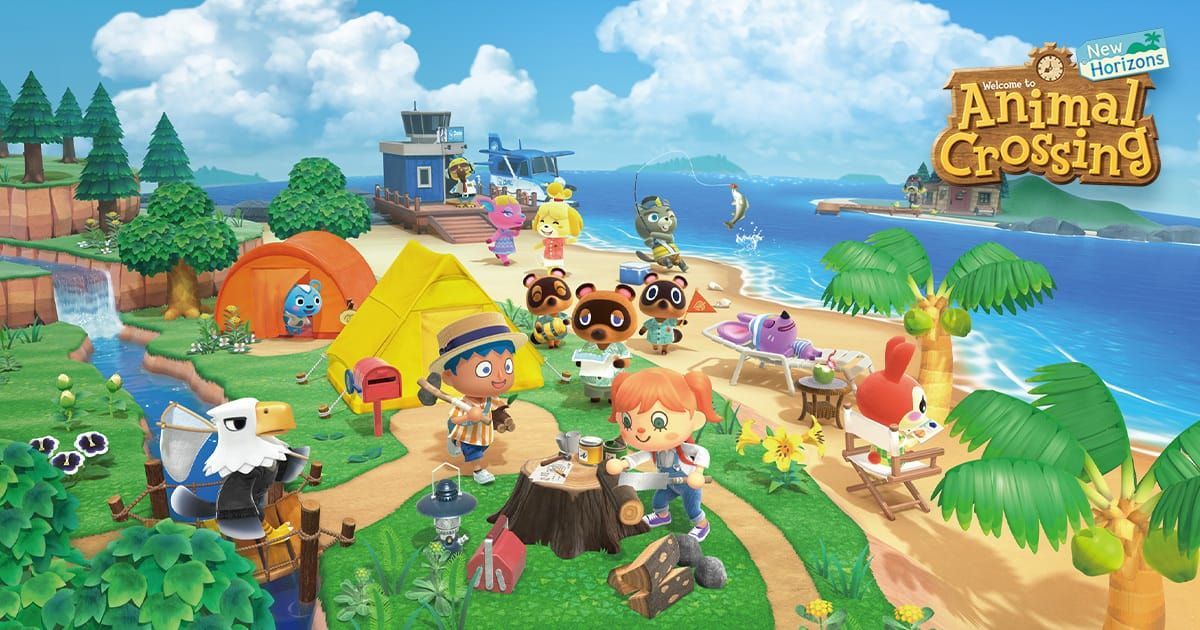
10. Animal Crossing: New Horizons
- Ages:
7+
- Players:
1 (up to 4 locally, or online multiplayer)
- Playtime: Open-ended
In Animal Crossing: New Horizons, players create and manage their own island community. They talk with quirky animal villagers, design homes, trade goods, and customize every detail of their surroundings. Much of the game involves reading short dialogues, checking in-game notices, and even writing letters to friends or neighbors. The pace is relaxed, which gives kids time to process and enjoy the text at their own speed.
Why it is great for literacy: The game is filled with playful reading and writing opportunities. Kids engage with dialogue that expands vocabulary, interpret instructions from characters, and practice communication through letter-writing. It shows how reading and writing can be woven seamlessly into a world of play and creativity, without ever feeling like homework.
When Fun Comes First, Learning Follows
What ties all these games together is that they are genuinely fun. Nobody at the table will feel like they are doing homework, but along the way, players are stretching their language skills, growing their vocabularies, and practicing storytelling. That is the power of play: when kids are engaged, laughter and learning go hand in hand.
So the next time you hear about the literacy crisis, remember that one of the best tools you have might be sitting right on your game shelf.
Play, Connect, and Learn at GameSchoolCon
Join us at GameSchoolCon, a family-friendly conference where games and learning come together. Spend the weekend exploring board games, roleplaying games, and hands-on play spaces while connecting with a welcoming community of parents, kids, and game lovers of all kinds.
February 19–22, 2026
Sonesta Irvine – Orange County Airport Hotel, Irvine, CA
